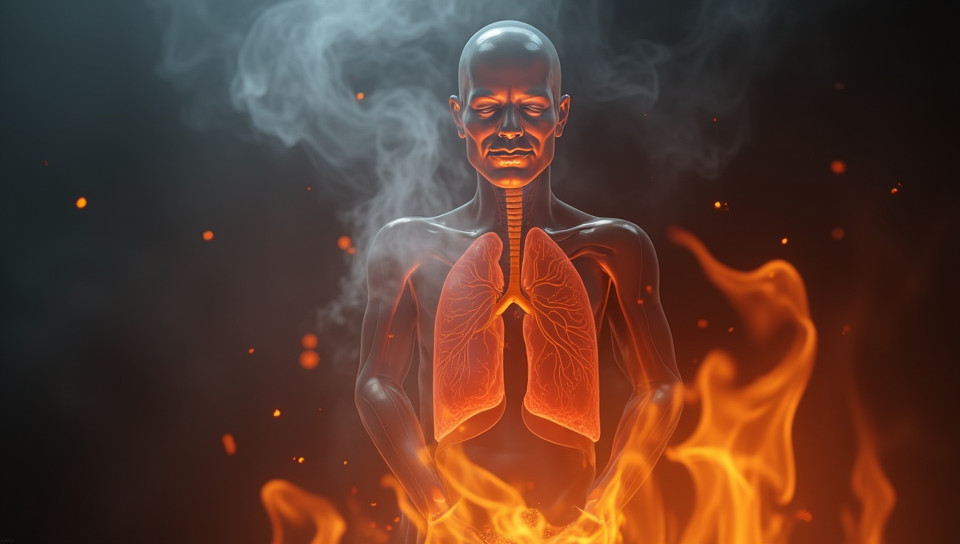Firing smoke causes respiratory health issues 90%

The Hidden Dangers of Firing Smoke: A Threat to Respiratory Health
When we think of air pollution, images of industrial smokestacks or polluted city streets often come to mind. However, there's another type of air pollution that's just as insidious and poses a significant threat to our respiratory health: firing smoke.
The Risks of Firing Smoke
Firing smoke is the byproduct of burning fuels like wood, coal, or gas for heating or cooking. While it may seem harmless, firing smoke contains a cocktail of pollutants that can cause serious respiratory problems. Let's take a closer look at some of the key risks associated with firing smoke:
- Particle pollution
- Carbon monoxide
- Volatile organic compounds (VOCs)
- Polycyclic aromatic hydrocarbons (PAHs)
The Impact on Respiratory Health
Firing smoke exposure can exacerbate existing respiratory conditions like asthma, chronic obstructive pulmonary disease (COPD), and bronchitis. In fact, the World Health Organization estimates that air pollution causes over 7 million premature deaths worldwide each year, with many of these deaths linked to firing smoke.
Who's Most at Risk?
Certain groups are more vulnerable to the effects of firing smoke exposure:
- Children
- Seniors
- People with pre-existing respiratory conditions
- Pregnant women
Reducing Exposure and Mitigating Risks
While it's impossible to eliminate firing smoke entirely, there are steps you can take to reduce your exposure and mitigate the risks:
- Use alternative heating sources like electric or gas heaters
- Improve ventilation in your home by opening windows or using fans
- Maintain your heating system regularly to prevent breakdowns and leaks
- Wear protective gear like masks when working with fire
Conclusion
Firing smoke may seem like a minor concern, but it poses a significant threat to our respiratory health. By understanding the risks and taking steps to reduce exposure, we can protect ourselves and our loved ones from the devastating effects of firing smoke. So next time you're tempted to use your fireplace or wood stove, remember: the benefits come with a hidden cost. Let's take responsibility for our air quality and prioritize our respiratory health.
- Created by: Carlos Dias
- Created at: Nov. 29, 2024, 11 a.m.
- ID: 16301
